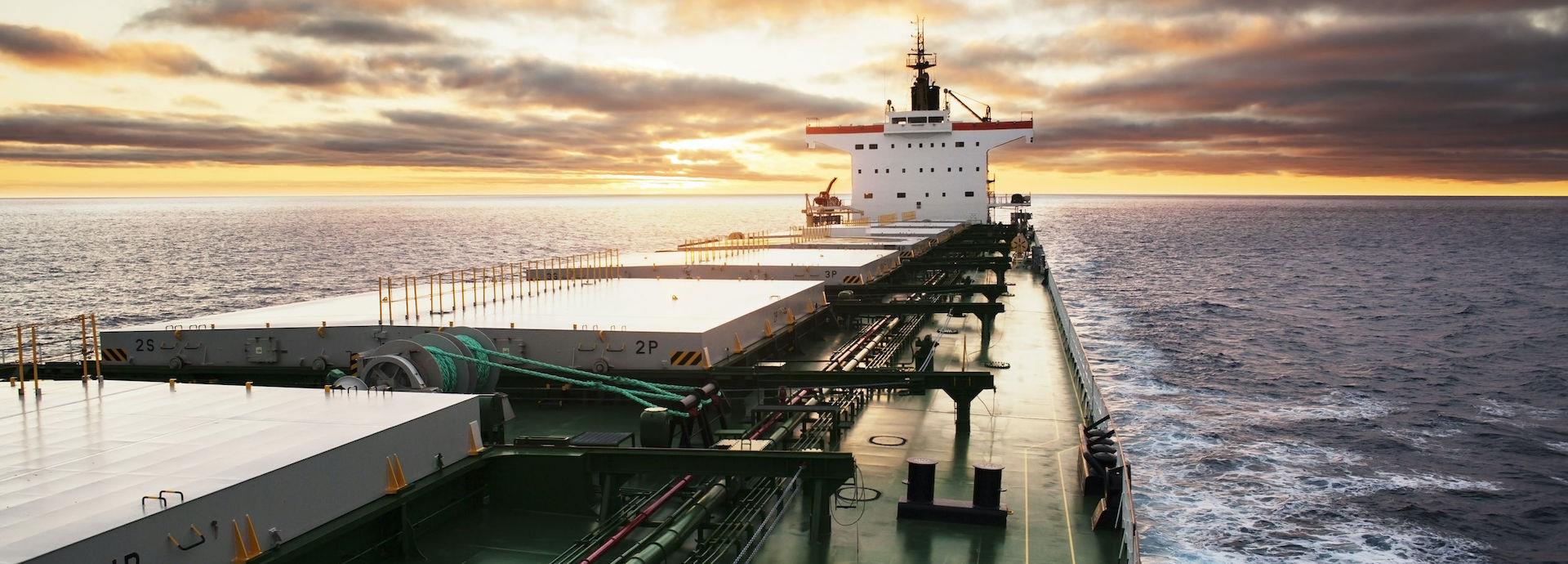

For vessel owners and operators, reducing marine emissions and improving fuel efficiency are more important now than ever before. Wärtsilä’s Fuel Efficiency Boost retrofit package delivers substantial fuel savings for two-stroke engines, enabling vessel owners and charterers to save money and comply with IMO regulations.
In the current scenario, vessel owners and charterers must contend with an unprecedented combination of market forces and regulation. Fuel costs account for the largest share of the overall operational costs for ship owners and charterers – creating a major incentive throughout the industry to opt for more fuel-efficient vessels. This is further boosted by the need – and the desire – to improve environmental performance by reducing greenhouse gas (GHG) emissions.
“There is no doubt, in the current business climate, that the combined pressures of cost, climate issues, and legislation are driving charterers to select vessels based on fuel efficiency,” says Jungyong Park, Product Manager, Wärtsilä.
When the IMO’s global sulphur cap went into force on 1 January 2020, there was an almost-immediate impact on the price of fuel. In early January 2020, the price spread between very-low sulphur fuel oil and high-sulphur heavy fuel oil reached USD 330 per tonne in Singapore. Meanwhile, the cost of chartering scrubber-equipped vessels increased, given the option for these vessels to use cheaper fuel, further complicating an already volatile charter market, with rates soaring from record lows to record highs and back again in recent months. Fuel prices are currently lower due to the Covid-19 crisis but are expected to increase again as the market adjusts.
Reducing fuel costs is therefore a key concern not only when investing in newbuild vessels, but also when it comes to improving the efficiency of existing vessels.
“This is where retrofit solutions, such as the Wärtsilä Fuel Efficiency Boost (FEB), come into play,” says Park.
The FEB upgrade is a brand-new solution that has been specifically designed to reduce both GHG emissions and fuel consumption for two-stroke low-speed engines. It is a retrofit package in which the compression ratio, fuel injection nozzles, and tuning parameters of the engine are adapted to improve air fuel distribution within the combustion chamber. This results in lower fuel consumption while complying with NOx emissions standards.
Up to 4% more fuel efficient
In April 2018, the FEB was retrofitted on a NOx Tier II-compliant Wärtsilä RT-flex82T engine on a container vessel as part of a pilot project. The result was fuel savings of up to 4% – depending on factors such as load and engine rating.
“The retrofit package has reduced fuel consumption by 10-12 tonnes per day, compared to a sister vessel operating on the same route without FEB. This equates to around 1,600 tonnes over the course of a year, or an annual saving of USD 688,420 at a fuel price of USD 430 per tonne,” says Park, adding that the reduced fuel consumption was achieved while adhering to existing NOx regulation levels.
“During the pilot, the upgraded vessel outperformed its sister in fuel efficiency at all speeds and engine loads,” he adds.
When it comes to environmental footprint, a 1,600-tonne reduction in fuel consumption translates to 5,000
fewer tonnes of GHGs being emitted into the environment.
Hardware and software modifications for existing engines
The FEB requires both hardware and software adaptations that can be carried out during scheduled vessel port calls. The hardware modifications include replacing compression shims, installing injector nozzle tips with larger holes, and in-situ machining for cylinder liner wear step removal. Some parameters in the engine control system are also re-tuned to achieve the target firing pressure and correct combustion phasing. In the pilot installation, Wärtsilä achieved a weighted average fuel saving of 4g/kWh at engine loads of between 25-75%
Wärtsilä Fuel Efficiency Boost is specifically intended for existing Wärtsilä customers operating the Wärtsilä X82, Wärtsilä RT-flex82T or Wärtilä RT-flex58T-D/E two-stroke engines, typically installed on vessels such as very large crude carriers, very large ore carriers, and Panamax bulk carriers and container ships.
“In an unpredictable market where vessel rates and fuel prices are either high or uncertain, the need to reduce spend on ship fuel is a key priority. The same goes for the need to cut GHG emissions and local pollution by reducing fuel consumption. The Wärtsilä FEB delivers optimal operational efficiency, while also enabling ship owners and charterers to comply with IMO legislation and growing sustainability demands,” Park concludes.



